Fluoride
Whilst no essential function of fluoride has been proven in humans, it protects against dental caries, however, an excess of fluoride during the development of teeth may cause dental fluorosis (an enamel development defect causing brown mottling and pitting). The intake of fluoride, and other minerals, of infants who are fed on powdered infant milks will be largely dependent on the mineral content of the water used to make their milk. Most ready-to-feed (RTF) infant milks use demineralised tap water as the diluent. This has the advantage of allowing tighter control over the final mineral content of the product. The final mineral content of reconstituted powder formulas will depend on the mineral content of the water used as a diluent. The mineral content of tap water is subject to considerable geographical variation and in the UK some, but not all, water supplies are fluoridated. The COMA panel on dietary reference values recommended that water is fluoridated to a level of 1 part per million (ppm). Consumption of water fluoridated to this level results in a daily consumption of fluoride of 0.22mg/kg of body weight (bw) in formula-fed infants aged 1 month. This is the level of safe intake established for infants aged up to 6 months (Department of Health, 1991). As fluoride is not considered essential in the diet, EC regulations specify only maximum levels for fluoride in infant or follow-on formula.
Although the water used to make up powdered infant milks heavily influences infants' fluoride intake, the concentration in powder will have some influence, particularly in areas where the water supply is not fluoridated. In a study of the fluoride content of infant food and drinks, Bussell et al, 2016 reported a range of 0.002ppm to 0.028ppm across 17 powdered first infant milks when reconstituted with non-fluoridated tap water. Across 8 ready to feed (RTF) first infant milks the fluoride concentration ranged from 0.008ppm to 0.022ppm. This study also found that the fluoride concentration in specialised powdered infant milks for use in hospital settings or on prescription was higher than that for over the counter infant milks and that the fluoride content stated on labels was often higher than the analysed values (Bussell et al, 2016).
An earlier analysis of the fluoride content of infant milks in the UK showed considerable variation in the fluoride concentration of powdered infant milks which, in this study, ranged from 0.07µg/ml to 0.32µg/ml when reconstituted with non-fluoridated water, and from 0.49µg/ml to 1.4µg/ml when reconstituted with fluoridated water (Zohoori et al, 2012). The mean values of 0.15µg/ml for milk reconstituted with non-fluoridated water and 0.91µg/ml for fluoridated water would result in fluoride intakes for infants up to one month of age of 0.029mg/kg/bw of body weight and 0.17mg/kg/bw respectively (calculated on the basis of average weight of male and female infants up to one month from 50th percentile weight for age from the UK-WHO charts, calculations for daily feed volume based on energy requirements from the SACN report Dietary Reference Values for Energy (2011) and energy content of formula 65kcal/100ml, the mid-range stipulated in the EU directive).
Whilst this data suggests that fluoride intakes among formula-fed infants in fluoridated areas are likely to be below the safe fluoride intake threshold of 0.22mg/kg bw/day, they may be higher than the Tolerable Upper Intake Level of 0.1mg/kg bw/day defined by EFSA for 1-8 year olds (European Food Safety Authority, 2005). Infants fed on powdered infant milks may also receive considerably more fluoride than infants who are fed human milk, which has been reported to contain up to 0.02ppm (0.02µg/ml) fluoride (Koparal et al. 2000). As there is a lack of agreement among expert groups on the optimal level of fluoride intake in relation to dental fluorosis in children, it is difficult to conclude whether infants living in fluoridated areas are potentially at risk of receiving excessive amounts of fluoride from infant milks.
References
Bussell R, Nichol R and Toumba K (2016). Fluoride levels in UK infant milks. European Archives of Paediatric Dentistry, 17, 177-18.
Department of Health (1991). Dietary Reference Values for Food Energy and Nutrients for the United Kingdom. Report on Health and Social Subjects 41. London: The Stationery Office.
European Food Safety Authority (2005). Opinion of the Scientific Panel on Dietetic Products, Nutrition and Allergies on a request from the Commission related to the tolerable upper intake level of fluoride. The EFSA Journal, 210, 1-9.
Koparal E, Ertugrul F, Oztekin K (2000) Fluoride levels in breast milk and infant foods. Journal of Clinical Pediatric Dentistry, 24, 299-302
Zohoori FV, Moynihan PJ, Omid N, et al (2012). Impact of water fluoride concentration on the fluoride content of infant foods and drinks requiring preparation with liquids before feeding. Community Dentistry and Oral Epidemiology, 40, 432-440.
